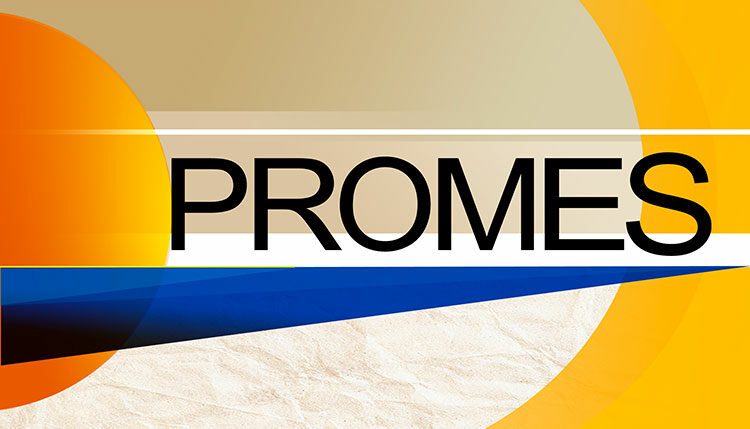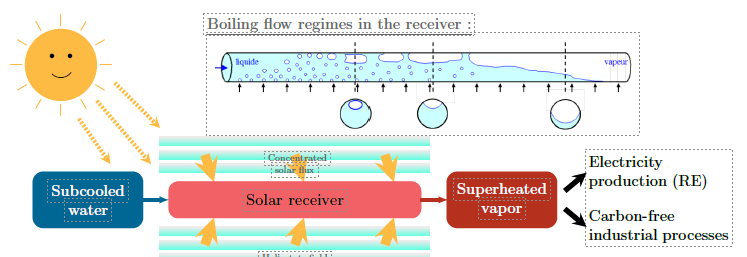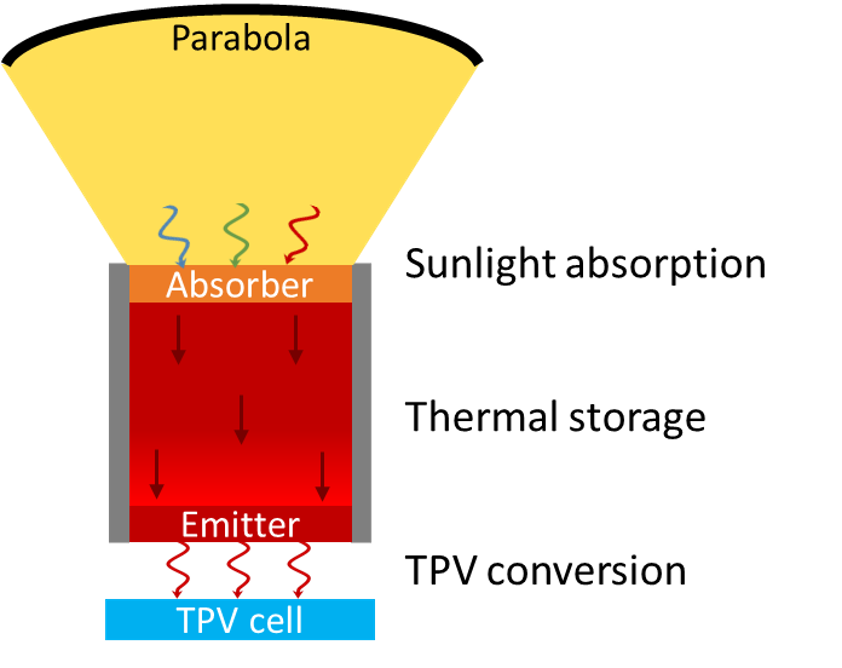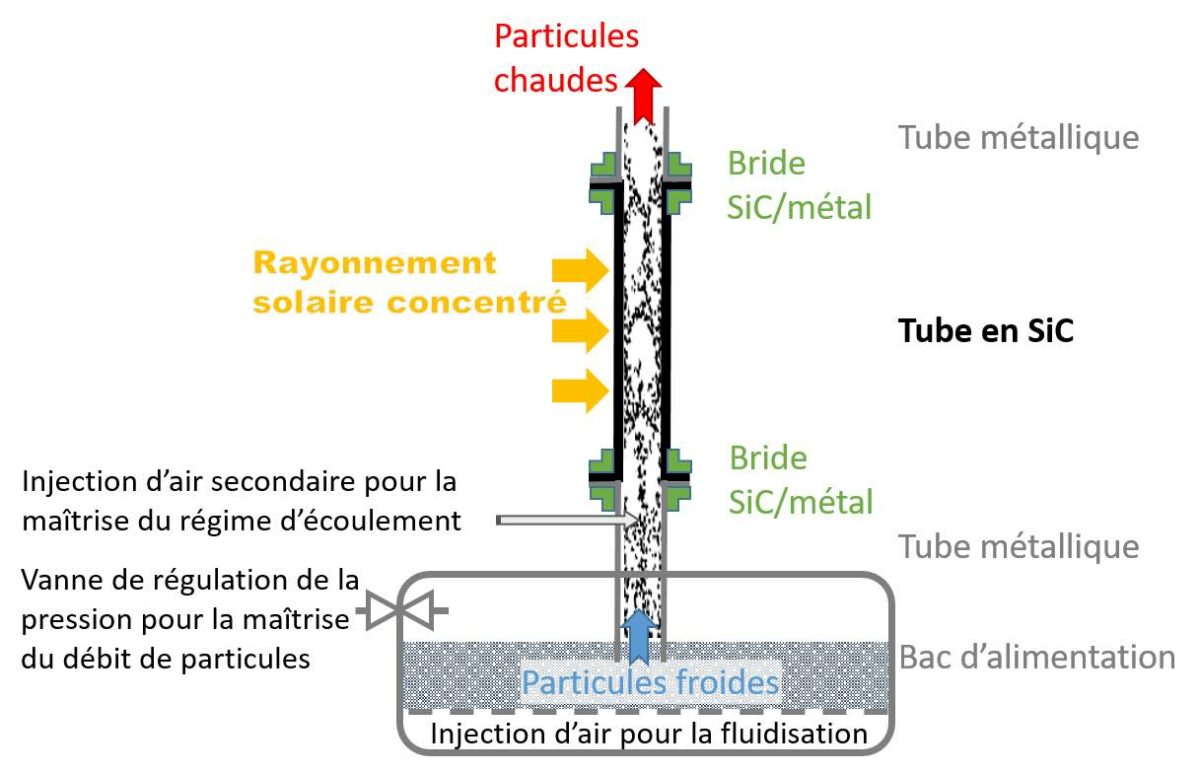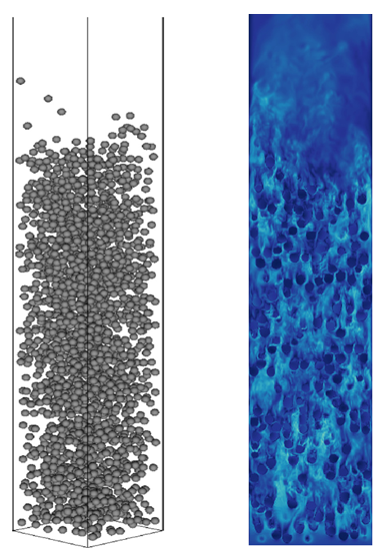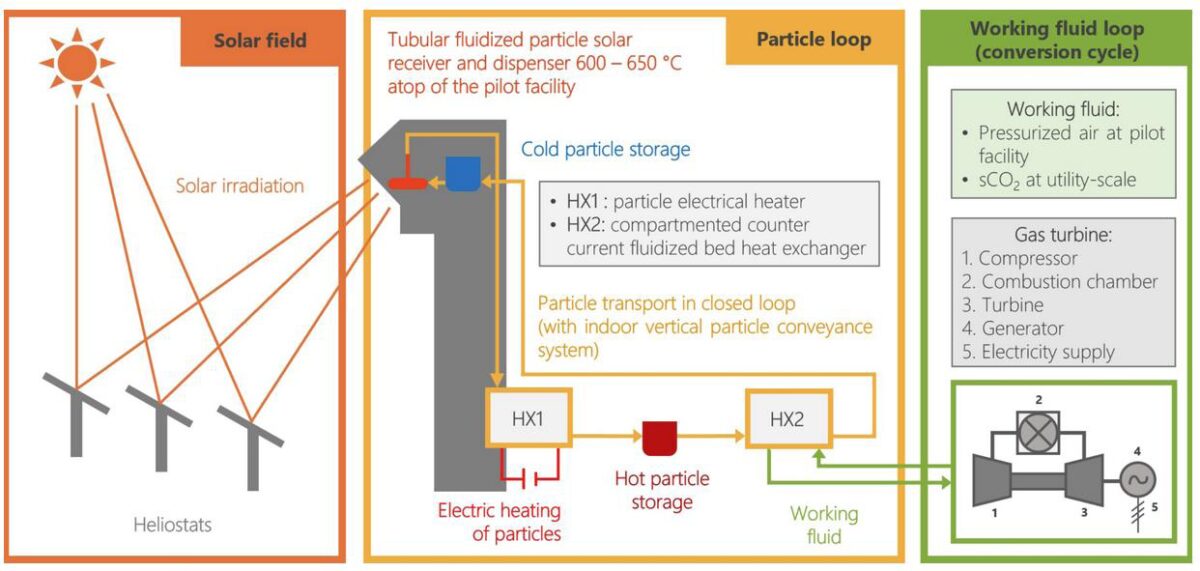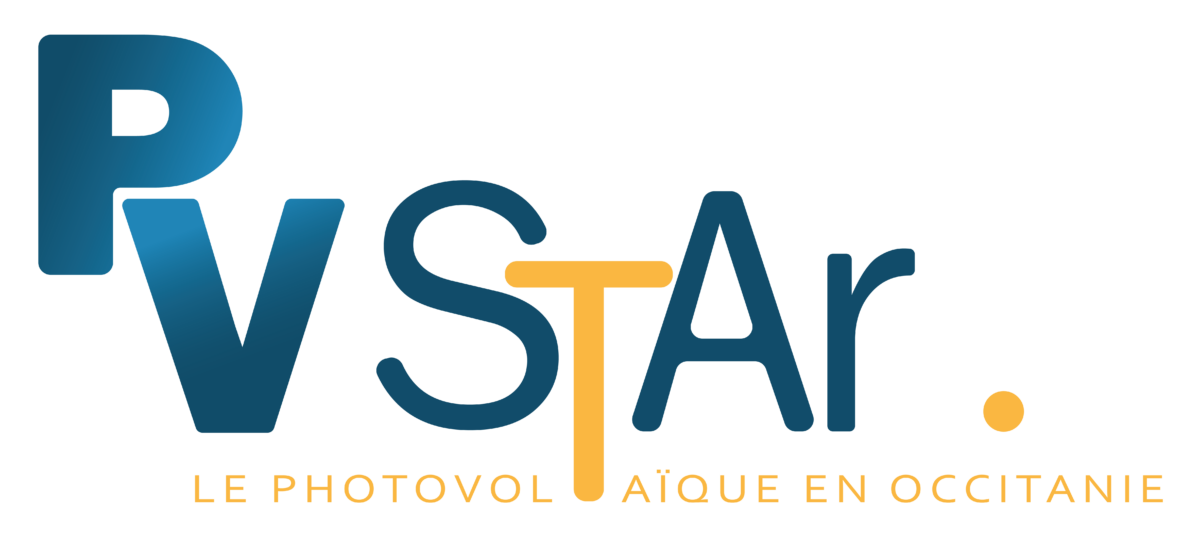Vous êtes ici:
Accueil » Emplois » Doctorats - Post-doctorats
Une batterie lithium-ion est composée de cinq composants principaux : anode, cathode, séparateur, électrolyte et collecteur de courant. L’anode est composée d’une feuille de cuivre recouverte de graphite ; la cathode est une feuille d’aluminium recouverte d’un matériau électrochimiquement actif. Le matériau actif est généralement un oxyde de lithium-métal de transition LiMO2, (où M signifie Co, Ni, Mn, Al) ou des matériaux NMC (Ni, Mn et Co) et NCA (Ni, Co et Al), avec des ratios différents entre des métaux particuliers. L’adhérence entre la feuille d’Al et le matériau actif est améliorée par un liant polymère, le plus souvent du fluorure de polyvinylidène (PVDF). La conductivité ionique est assurée par un électrolyte tel que des mélanges de carbonates d’alkyle et de sels de Li, tels que LiPF6.
